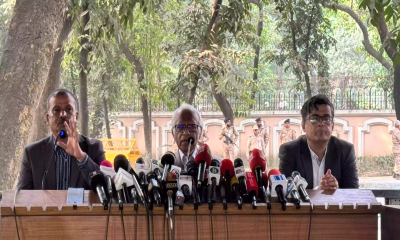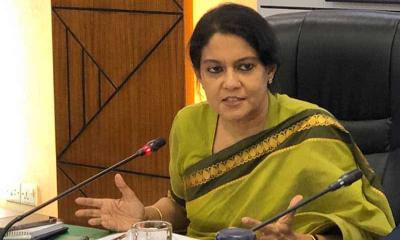Despite having a dedicated law to resist child marriage in the country, Bangladesh is currently carrying 38 million brides who married before they come of the age (18).
Those brides who married during childhood include who are still under 18 along with those adult women who got married in their childhood.
Of those 38 million, almost 13 million married before their 15th birthday.
Moreover, 51% of young women in Bangladesh were married before their 18th birthday.
The information was revealed by a study of United Nations International Children’s Emergency Fund (UNICEF) in a paper titled ‘Ending Child Marriage: A profile of progress in Bangladesh’.
Publishing in October 2020, the research stated that, “Child brides are somewhat more likely to reside in rural areas and to live in poorer households, and are less likely to have more than a secondary education.”
The paper says, “The school dropout tendency among married girls is four times more than unmarried girls.”
Nearly 50 percent of child brides gave birth before age 18, and 80 percent before age 20. Even among child brides, it is rare for young mothers to have several children, although child brides do go on to have somewhat larger families than women who marry in adulthood.
However, those who married during childhood tend to believe that husbands are justified to beat them under certain circumstances. On the contrary, those who are getting married after the age of 18 don’t believe so.
“A downward tendency in practicing child marriage has been observed across wealth groups, with more progress seen among the richest. And the unhealthy practice is less common today than in previous years,” the study added.
The prevalence of marriage by age 18 was 90% in 1970 which dropped to around 50%. Among divisions, Sylhet and Chattogram have made the most progress over the last 25 years in reducing child marriage, the study also found.
“Bangladesh has made less progress than its South Asian neighbours, but compared to other countries with the world’s highest levels of child marriage, its progress is exceptionally strong,” UNICEF remarked.
If the declination rate, observed over the past 10 years, doubled, the prevalence of child marriage in Bangladesh would drop to around 30% by 2030 and to less than 15% by 2050.
In such a situation, Bangladesh ranks amongst the top 10 countries in the world containing child marriage although the country is trying to achieve the SDGs by resisting child marriage.
Bangladesh will require a major push to meet the SDGs target regarding stopping child marriage by 2030, or the national target to end child marriage by 2041.
Progress must be at least 8 times faster than the rate observed over the past decade to meet the national target, or 17 times faster to meet the SDG target.






-20251209073041.jpeg)
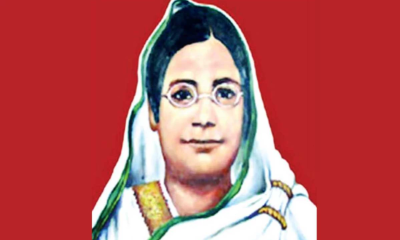



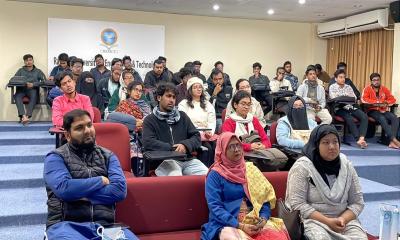

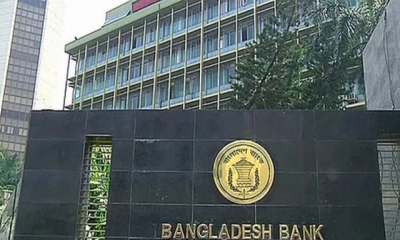




-20251207131533.jpg)

-(25)-20251122062715-20251202031751.jpeg)
-(25)-20251122062715-20251204041734.jpeg)

